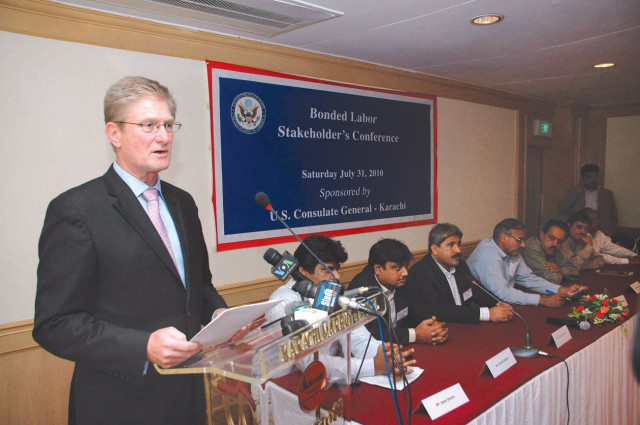
A recent excavation at Gor Khatri has established the city’s historical profile and now Peshawar is officially claimed by the Archeology Department to be the ‘Oldest Living City in South Asia’, boasting a recorded history that goes back as far as 539 BC.
“After claiming to be the Oldest Living City in South Asia, the exact archeological profile of Peshawar is not discovered yet because the excavation at Gor Khatri was stopped before reaching the virgin soil due to shortage of funds,” said Saleh Muhammad, Director Archeology and Museum Department Khyber -Pakhtunkhwa.
The provincial government, he added, has now included the project in the Annual Development Plan 2010-11 and excavation is going to start soon.
“Once the capital of Gand- hara, Peshawar is so old that its origin is lost in antiquity,” said Dr Ihsan Ali, former director of the Archeology Museum Department and presently Vice Chancellor of Mardan’s Abdul Wali Khan University.
The claim is firmly grounded upon two significant archeological findings during excavation at the Governor’s House in 1906 and at the ongoing excavation at Gor Khatri, Dr Ali said in his recent lecture at the Wali Khan University. He said presently the exact profile of Peshawar city does not exist and it is not clear exactly how old Peshawar city is.
Quoting renowned archeologist Syed Abdul Qudoos, Dr Ali said, “Peshawar is a true metropolis of the orient and the legendry city has many secrets to share.”
The history of Peshawar is story of different people and of many cultures, conquered by the Greeks, ruled by the Buddhists, destroyed by the Huns, rebuilt by the Brahmins, invaded by the Ghaznavis, captured by the Mughals, overrun by the Sikhs and annexed by the British in succession, he added.
“Resumption of excavation at Gor Khatri would enrich the archeological profile of Peshawar because we are hoping to discover more evidence of life beyond the period from 4 to 6 century BC,” said Saleh Muhammad.
The excavation at Gor Khatri, which continued for four years and was published in the British Journal ‘Current World Archaeology’ under the title ‘The deepest and the biggest excavation in the world’ revealed 20 layers that provide a complete profile of the city ranging from British down to the pre-Indo Greek era. The excavation discovered that Peshawar was a province of the Persian Alchamenian empire in 4 to 6 century BC, he added.
He said that from Alchame-nian onwards it came under the sway of different rulers including Mauryans, Greeks, Scythians, Kushans, Sasanians, White Huns, Hindu Shahis, Ghaznavids, Slave Dynasty, Ghorids, Suri Afghans, Mughals, Durrani Afghans, Sikhs and the British before the creation of Pakistan.
Published in The Express Tribune, July 4th, 2010.


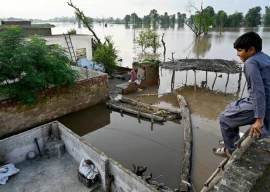


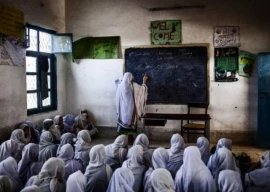


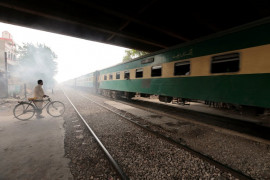


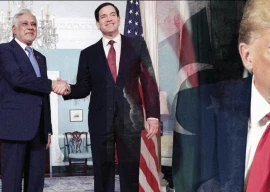







COMMENTS
Comments are moderated and generally will be posted if they are on-topic and not abusive.
For more information, please see our Comments FAQ